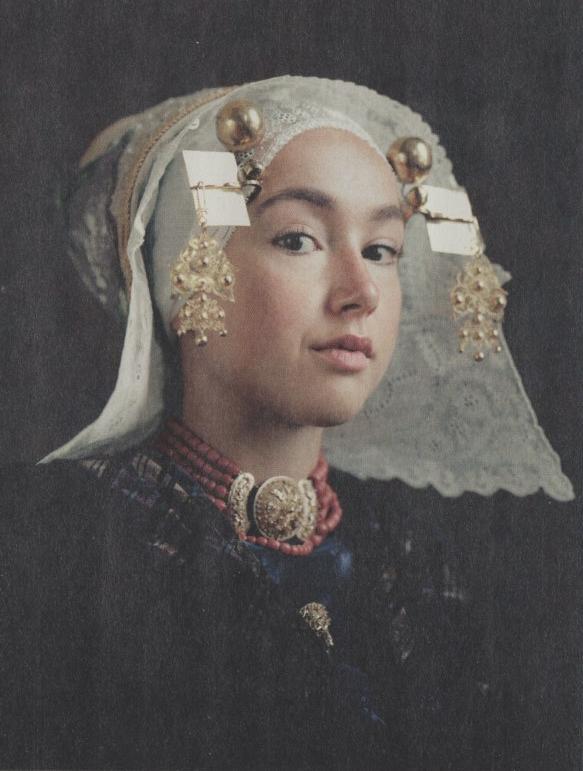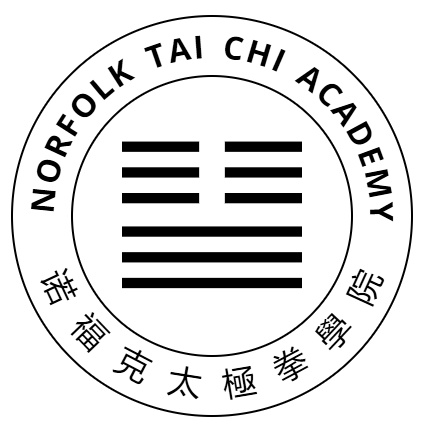 西王母 Xiwangmu, the Queen Mother of the West, was the mother of the Weaving Maiden 織女 (zhi-nu). In older texts however, it is Xiwangmu herself who weaves. Wang-mu can also mean grandmother or ancestral mother; Xiwangmu is an ancient mother goddess. She lives in the far west on the mythical Mount Kunlun (after which a real mountain was later named). This mountain is an analogue to the Garden of the Hesperides of Greek mythology. Like the golden apples of the Hesperides, the peaches which grow on Xiwangmu’s sacred tree confer immortality, and are the gift of Xiwangmu. The Jizhingshu or “Bamboo annals” – an ancient chronicle of China which describes events up to 299 BCE tell how King Mu visited Xiwangmu on Mount Kunlun, where she made him immortal. Xiwangmu confers immortality.
西王母 Xiwangmu, the Queen Mother of the West, was the mother of the Weaving Maiden 織女 (zhi-nu). In older texts however, it is Xiwangmu herself who weaves. Wang-mu can also mean grandmother or ancestral mother; Xiwangmu is an ancient mother goddess. She lives in the far west on the mythical Mount Kunlun (after which a real mountain was later named). This mountain is an analogue to the Garden of the Hesperides of Greek mythology. Like the golden apples of the Hesperides, the peaches which grow on Xiwangmu’s sacred tree confer immortality, and are the gift of Xiwangmu. The Jizhingshu or “Bamboo annals” – an ancient chronicle of China which describes events up to 299 BCE tell how King Mu visited Xiwangmu on Mount Kunlun, where she made him immortal. Xiwangmu confers immortality.
In the image at left we see her riding a tiger. However, the Shan Hai Jing (“Classic of Mountains and Seas”), which dates to the 4th century BCE, describes her as having a human face but a tiger’s body and teeth, and a leopard’s tail – a fierce, shamanic figure. She is attended by fabulous creatures such as a nine-tailed fox and a three-legged crow.
The head-dress she wears is a 胜 . Whilst the sheng was a common object in ancient China, only Xiwangmu is ever depicted wearing one: it is her “attribute” (just as St Peter is always depicted with the keys of heaven, or Saint Catherine with a broken wheel).
Sheng is also the horizontal axis of the old Chinese loom, around which the warp threads were wound – the oldest depictions of the head-dress show such an axis. Sheng thus marks Xiwangmu out as a weaver. She is a weaver of fate, like the three norns of Norse mythology: a cosmic weaver; the magpie (crow) is one of her familiars.

The connection of the head-dress with a loom seemed a bit far-fetched until I stumbled across this image of a Dutch girl in traditional dress in the KLM in-flight magazine. The form of the head-dress is far too particular to be purely decorative, and its resemblance to the sheng is very striking.

The text in the Shan Hai Jing is difficult to translate, but Xiwangmu controls constellations, including the “Grindstone” – a reference to the Pole Star, about which the sky turns. Her tree is thus a world tree, and she is its guardian.
Xiwangmu is also herself associated with the 7th day of the 7th month. A tale from the Western Jin period (266–316) tells how Xiwangmu visited the emperor who was on a quest for immortality. She took with her seven peaches, and gave five to the emperor. He ate them but kept the stones, which he wished to plant. Xiwangmu just laughed, telling him that the tree only bore fruit once every three thousand years. In these legends we see how the Weaving Maiden’s attributes as a weaver and her connection to the Festival of Sevens were originally aspects of her mother, who is a much older goddess.
You can read more about Xiwangmu in an excellent article on suppressed histories.

